Beyond Royal Portrush: Castles, country houses and ancient towers in the other dimension of golf in Ireland
Rory McIlroy's history-making exploits and The Open arriving at Royal Portrush have made 2025 a banner year for Irish golf — but there's far more to golf on the island of Ireland than those headline-grabbers, as Toby Keel finds out.
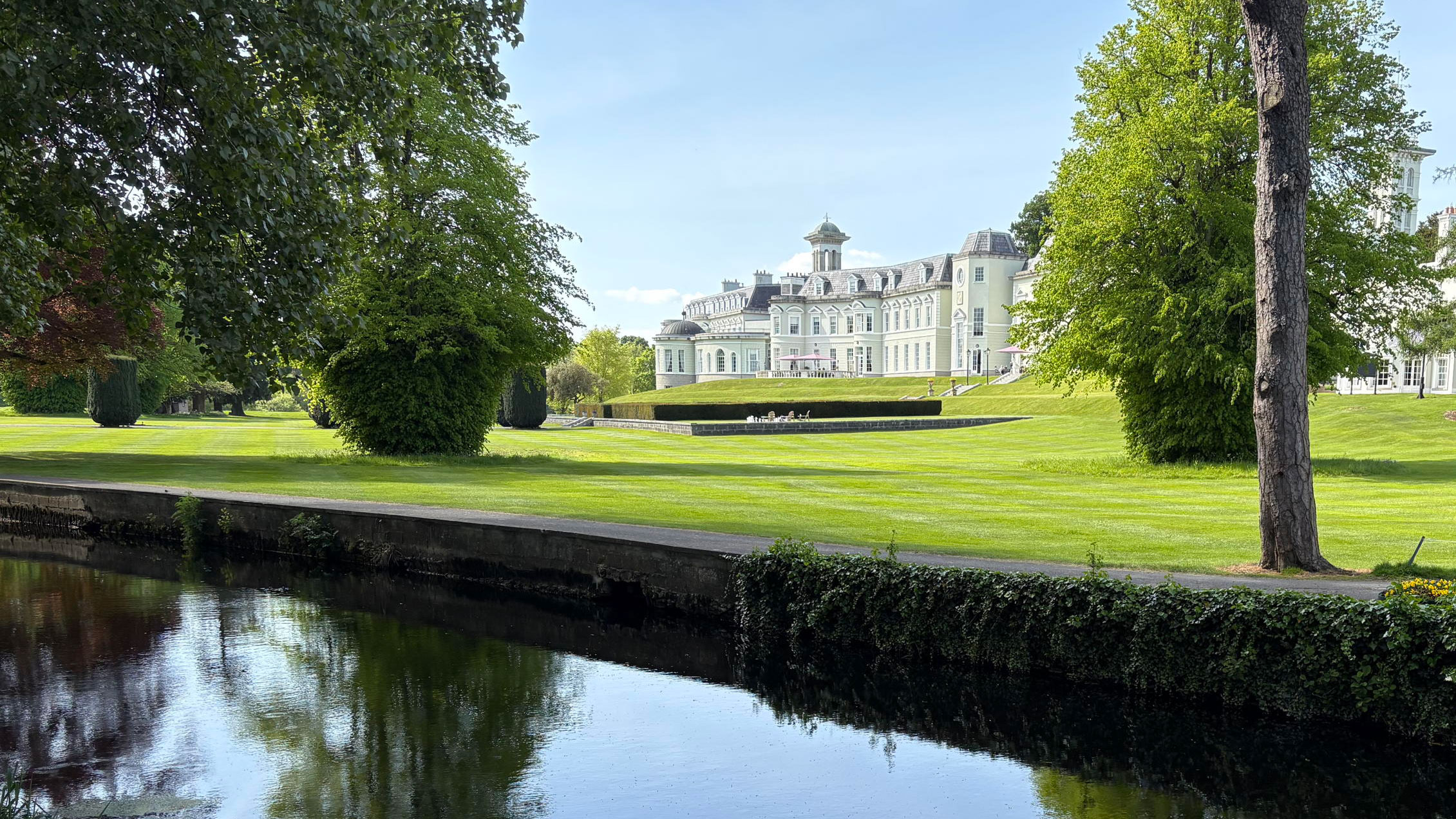
Two of the greatest moments of my life in golf have come in Ireland.
One was when I was on holiday on the south-west coast, a wide-eyed kid playing the 11th hole of the Old Course at Ballybunion, the greatest hole on one of the world’s great links golf courses, and hit my 4-iron shot to 3ft from the pin. I’m a pretty terrible golfer, but the joy of the sport is that even the worst of us can walk this sort of hallowed turf, and even the worst of us can pull off the odd miracle shot. For both to come together at once was a bit of a winning lottery ticket.
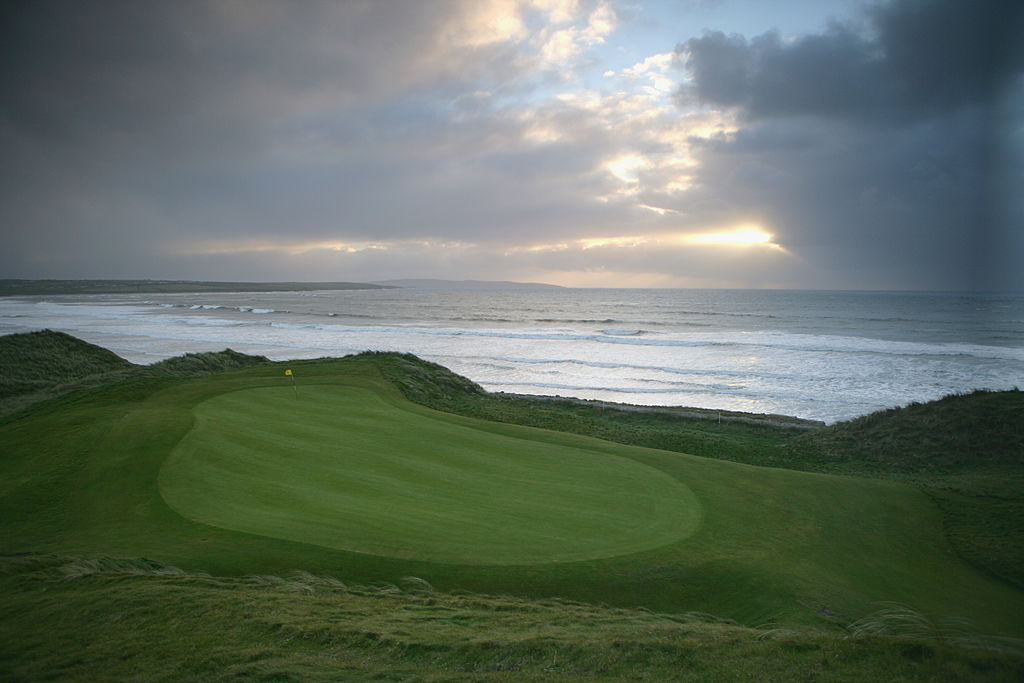
Ballybunion's famed 11th hole is the equal of anything at Pebble Beach or Turnberry.
The other moment? A decade and a half later, in the stands behind the first tee on the opening morning of the 2006 Ryder Cup at a golf resort called The K Club. The comedy warm-up was provided, genuinely unbelievably, by Tiger Woods. He was at the apex of his skills, having won The Open in July and the US PGA Championship in August… but on a grey September morning outside Dublin, he hoiked his opening tee shot into the lake.
I thought that would be the highlight of the morning, but not long afterwards Darren Clarke’s arrival eclipsed it in breathtaking fashion. Just six weeks before, Clarke had lost his first wife, Heather, after a long battle with cancer, and the ovation he received — fuelled by sympathy, gratitude, affection and a thousand other things — remains the most astonishing outpouring of emotion I’ve ever witnessed at a sporting event. I still get goosebumps nearly two decades later, just typing these words.
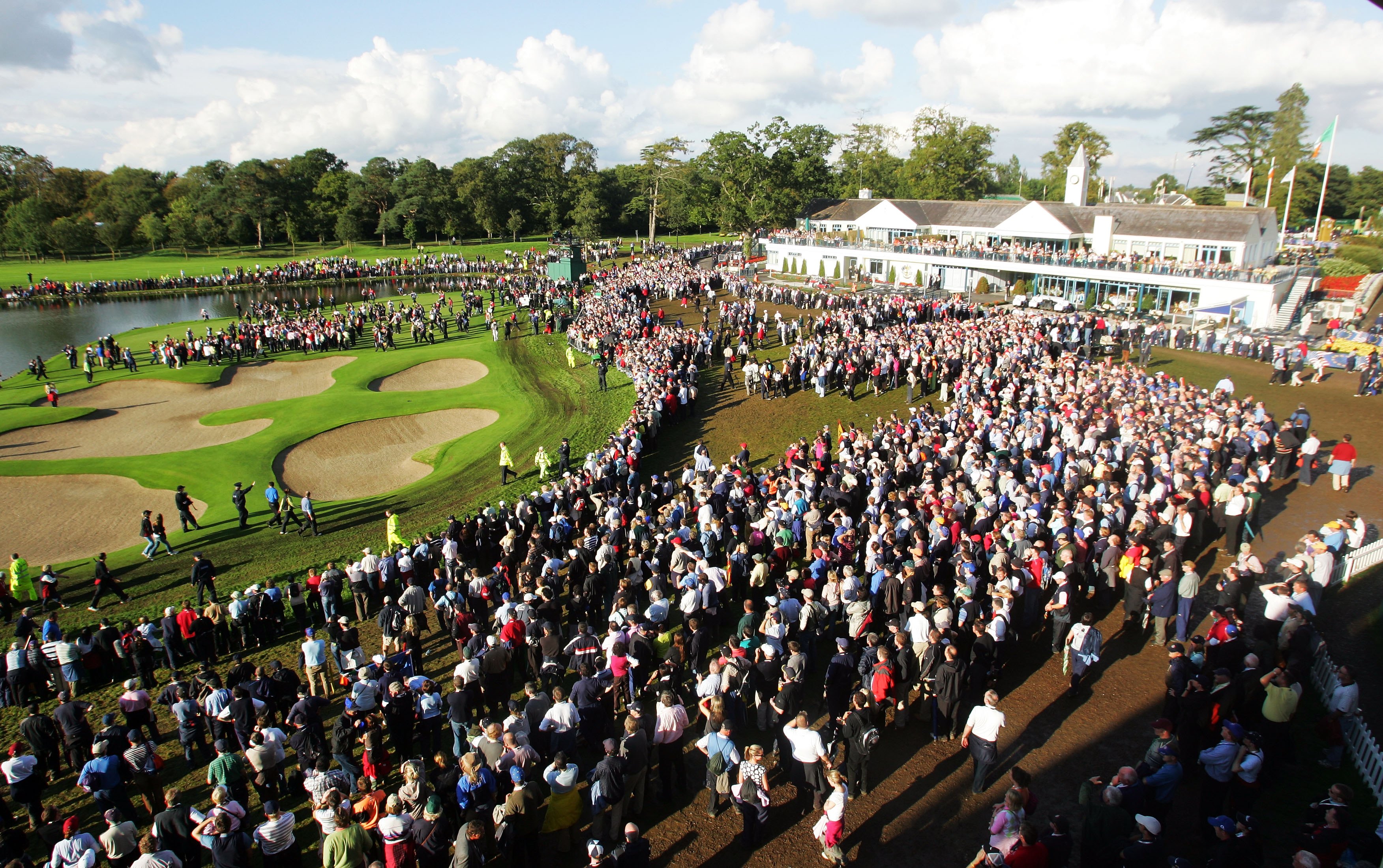
The party that was the 2006 Ryder Cup at The K Club.
The K Club has held a special place in Irish golf ever since that week, a charmed three days which saw the European team record a record victory. Earlier this year, almost 19 years on, I returned to The K Club, and walked out on to the balcony overlooking the 18th green when Ian Woosnam lifted the trophy, and Clarke downed a pint of Guinness to roars of approval from the crowd. The course looks almost the same as I remembered it, albeit with a routing change which has reversed the two nines, while keeping the 9th and 18th holes as they were.
The holes weave around the parkland that surrounds the enormous Straffan House, running alongside and back and forth across the River Liffey, most memorable at the beautiful 8th hole whose green is reached via a 175-year-old footbridge. The bridge isn’t quite as old as the house, which was built in 1832; but it is a lot older than the golf course, which was created by Arnold Palmer 1990 as part of a redevelopment by the entrepreneur Michael Smurfit, including turning the great house into a sprawling hotel.
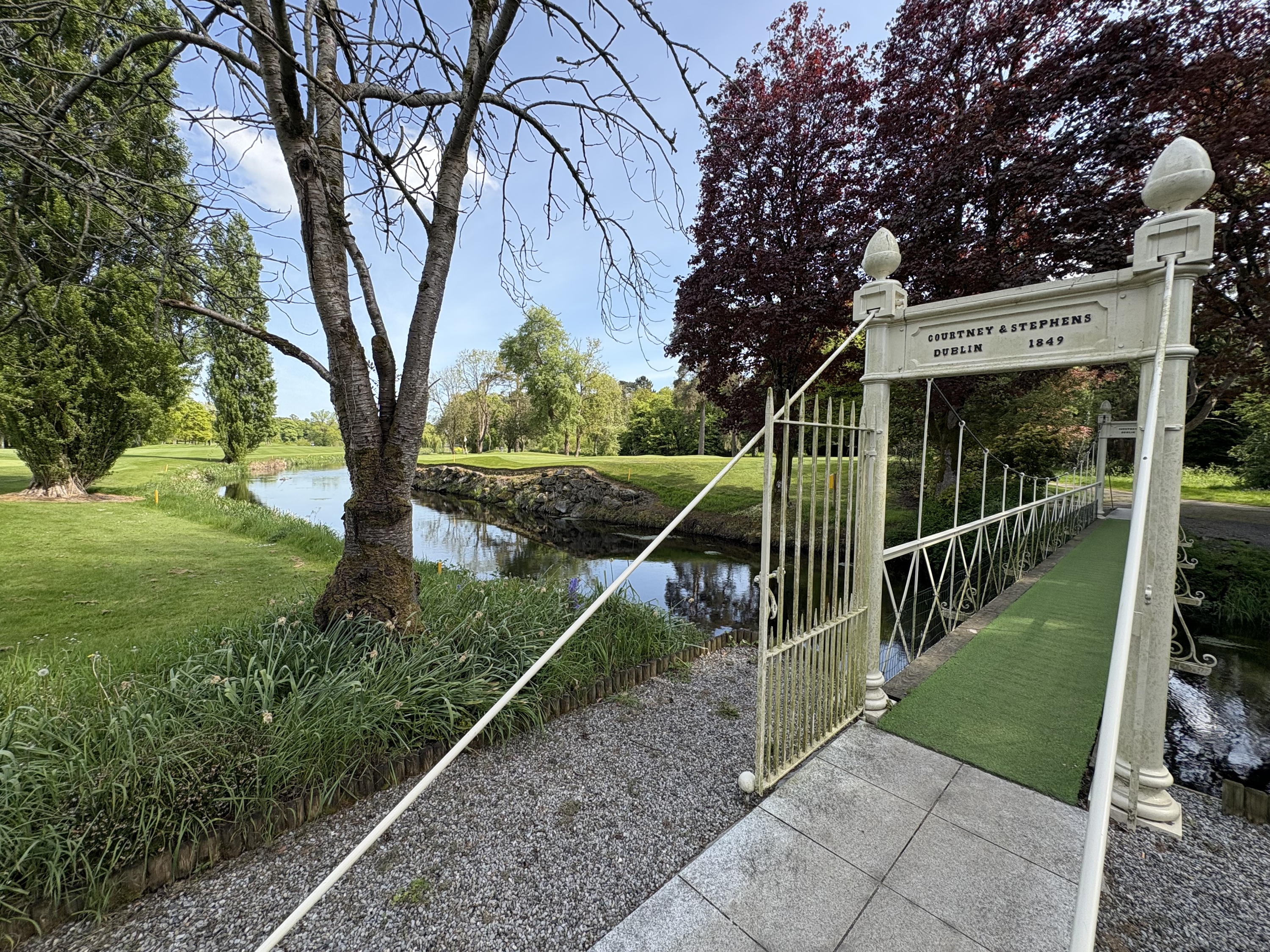
The K Club's golf courses cross back and forth over the River Liffey.
The K Club was the first of several such developments in and around this central belt of Ireland, straddling Co Kildare, Co Meath and Coo Wicklow, the three counties which form a ring around Dublin. Ireland’s very greatest golf courses — including Portrush, Portmarnock, Ballybunion, Royal County Down and half a dozen more — are all seaside links, but the likes of The K Club, Carton House and Druid’s Glen give is a beautiful string of excellent inland courses too. For visitors, that means more variety on offer — arguably more so than Scotland — and the tourist board are leaning in to this, marketing the area as part of Ireland’s Ancient East.
Exquisite houses, the beauty of Nature, and how to get the most from your life, straight to your inbox.
Much of the sporting drama at The K Club’s Ryder Cup revolved around the amount of water on the course, and while that’s great for spectators, it’s harder for the golfers themselves. The Mark O’Meara course at nearby Carton House is far more forgiving for mere mortals, with plenty of space meaning that you’ll still have fun even with a few wayward drives. It too is based around an enormous house itself, the family seat of the FitzGerald family, who were the Earls of Kildare and Dukes of Leinster for over 700 years, with the house as it stands today essentially appearing as it did when built in 1745. Some elements are even older: the Tyrconnell Tower, standing proudly atop the highest point, is 17th century, and before the course’s routing came up this way must have been truly in the middle of nowhere.
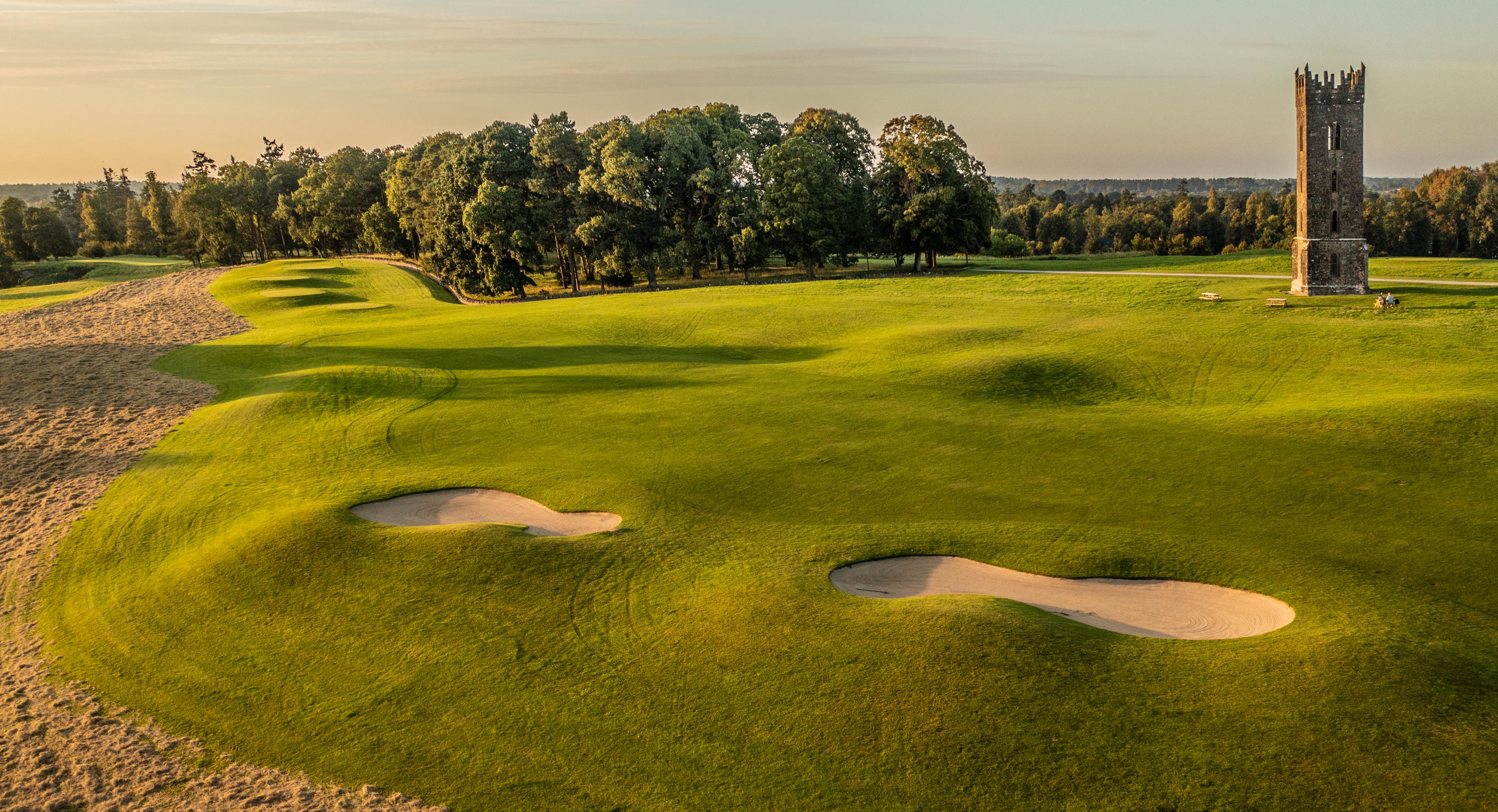
The Carton House estate originally ran to 70,000 acres; today, it’s ‘only’ 1,100, but that’s four or five times what you’d normally expect for a pair of golf courses, as they have here (the other was designed by Colin Montgomerie).
The space is well used, giving a wonderfully open aspect on most of the holes, and the sweeping changes of elevation are also superbly integrated — particularly at the winding par-5 9th, absolutely magical par-3 14th hole on the O’Meara course, where you shoot to a green that is well over a hundred feet below, and which is ringed by a loop of the River Rye. It's followed by the equally catching 15th — a par-5 — and 16th, a par-3 over water, which form the club's own 'Amen Corner'.
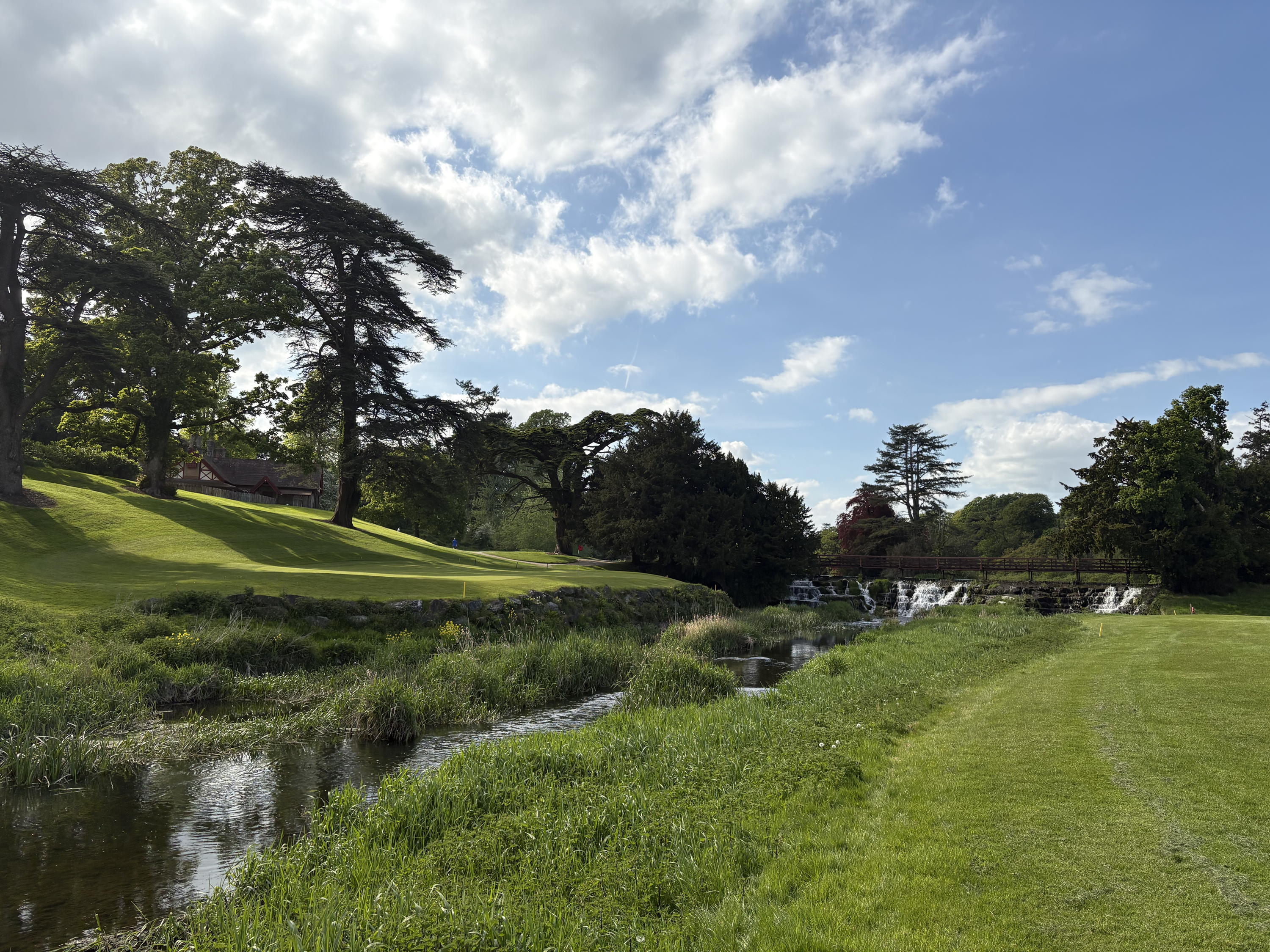
The 15th on the O'Meara at Carton House is the middle of the course's own 'Amen Corner'.
Both The K Club and Carton House are well-established stops for visiting golfers, and Killeen Castle is working hard to earn the same status. A different legendary designer — this time Jack Nicklaus — laid out the golf course, which has enormous, hugely undulating greens that are kept in perfect condition. It’s a very playable, enjoyable course for all levels of golfer, from the inviting, downhill first tee shot, to the holes which — just as at k Club and Carton House — play back and forth alongside the meandering of a river, up to the finale played to a green that sits below Killeen Castle itself. Like The K Club, it has been the site of international competition: The Solheim Cup, the women’s equivalent of the Ryder Cup, was held here in 2011.
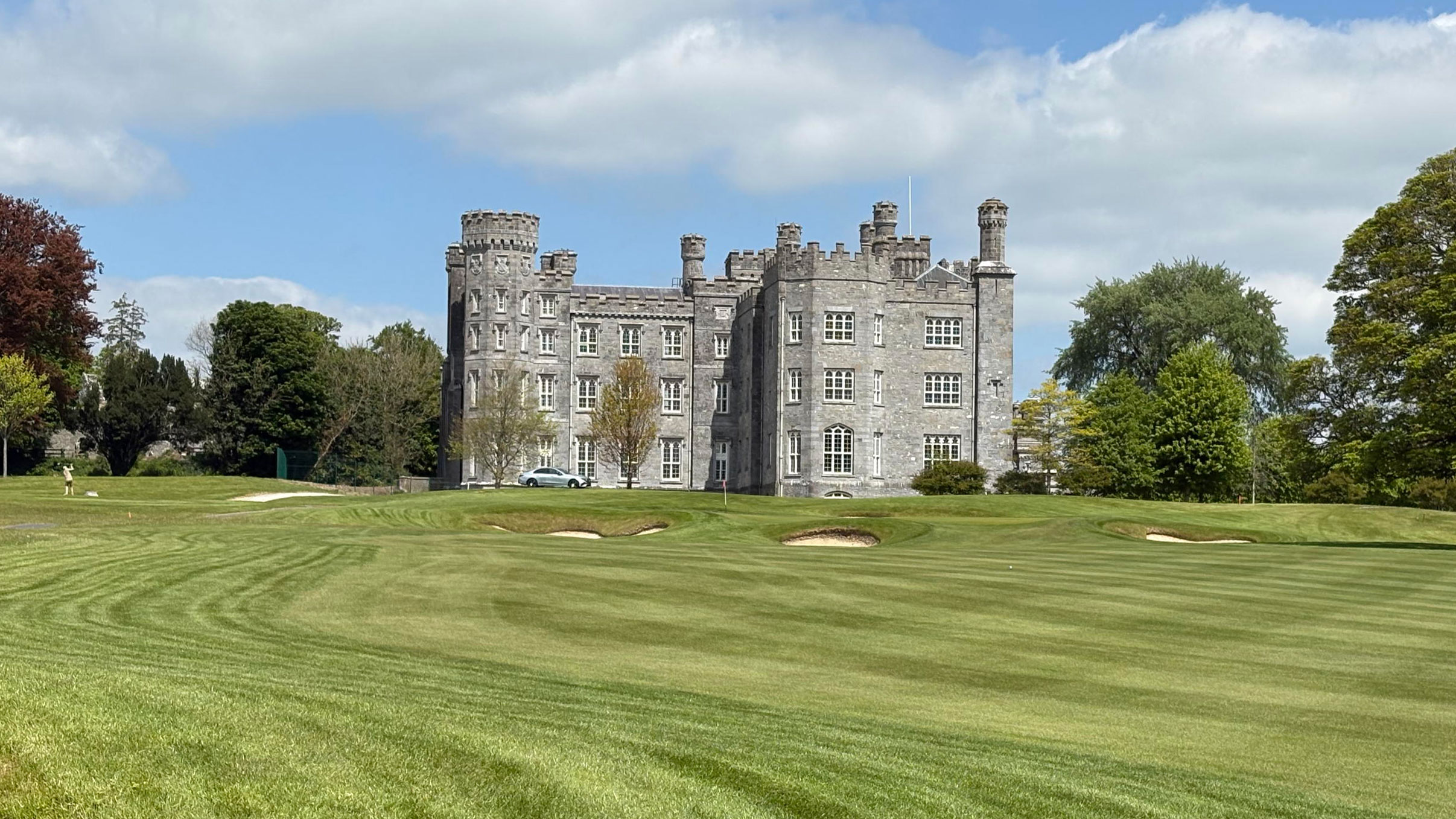
Killeen Castle itself sits behind the 18th green.
There has been a castle on this site since 1172, thought he building as it stands dates to an 1841 rebuild by the 9th Earl of Fingall, who commissioned what he wanted to be a miniature Windsor Castle. It was burnt out in 1981 in an IRA arson attack, gutting the interior almost completely. While the course, modern clubhouse and accommodation have been up and running for a long time, the redevelopment of the castle itself has been slow going, and while the structure is solid, it’s still a wreck inside.
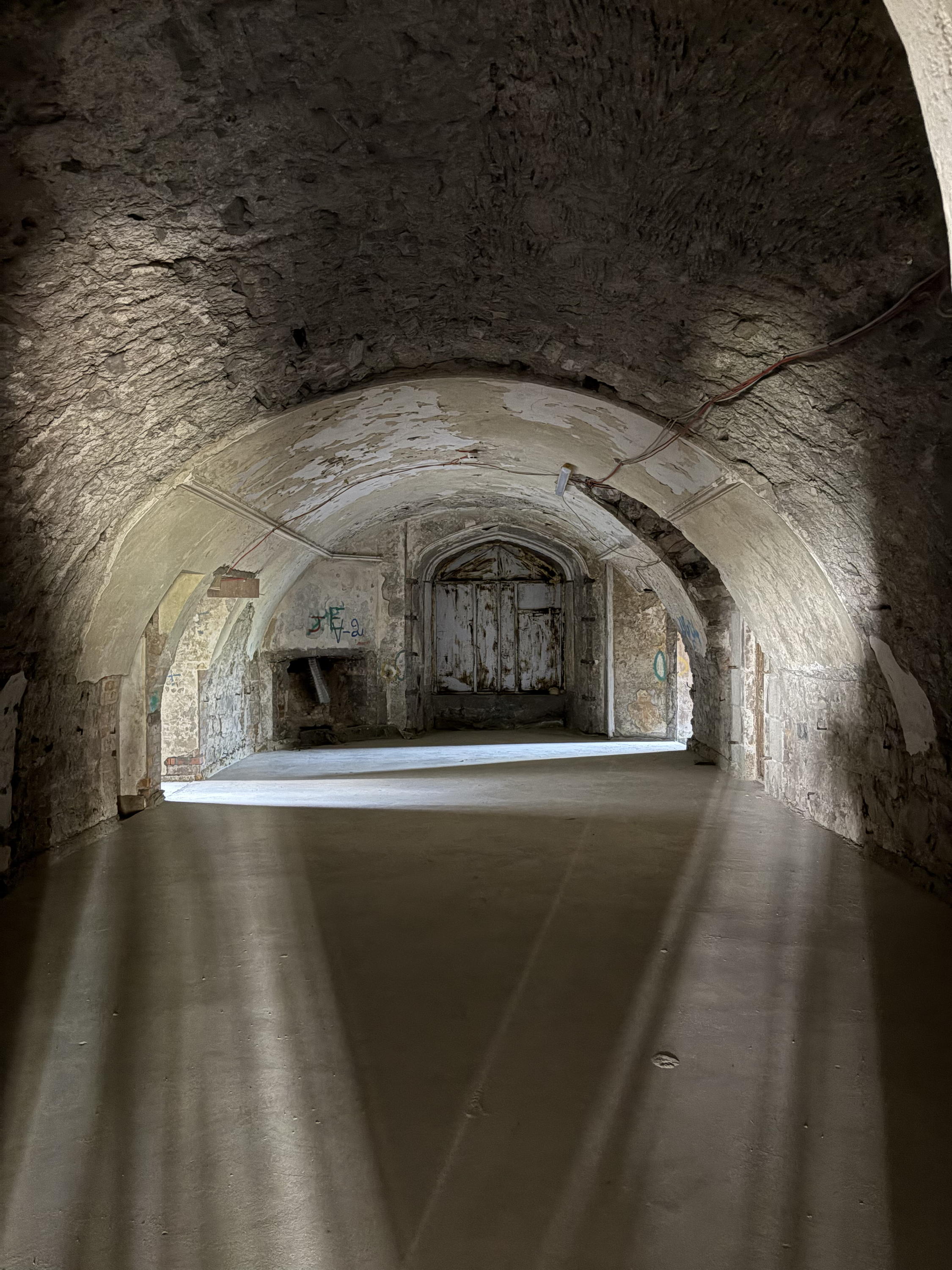
Killeen Castle has been made safe, but not yet restored.
The latest hope is that the planned investment will come through in the next year or so, and that by 2028 or 2029 Killeen Castle will be open as a truly unique 40-room hotel. Irish golf has a lot to shout about — from hosting the 2025 Open at Royal Portrush to Rory McIlroy becoming only the sixth man in history to win all four of golf's major championships — and this will be yet anothe reason to get excited about it.
For more information on golf in Ireland visit www.ireland.com/golf
Toby Keel is Country Life's Digital Director, and has been running the website and social media channels since 2016. A former sports journalist, he writes about property, cars, lifestyle, travel, nature.
-
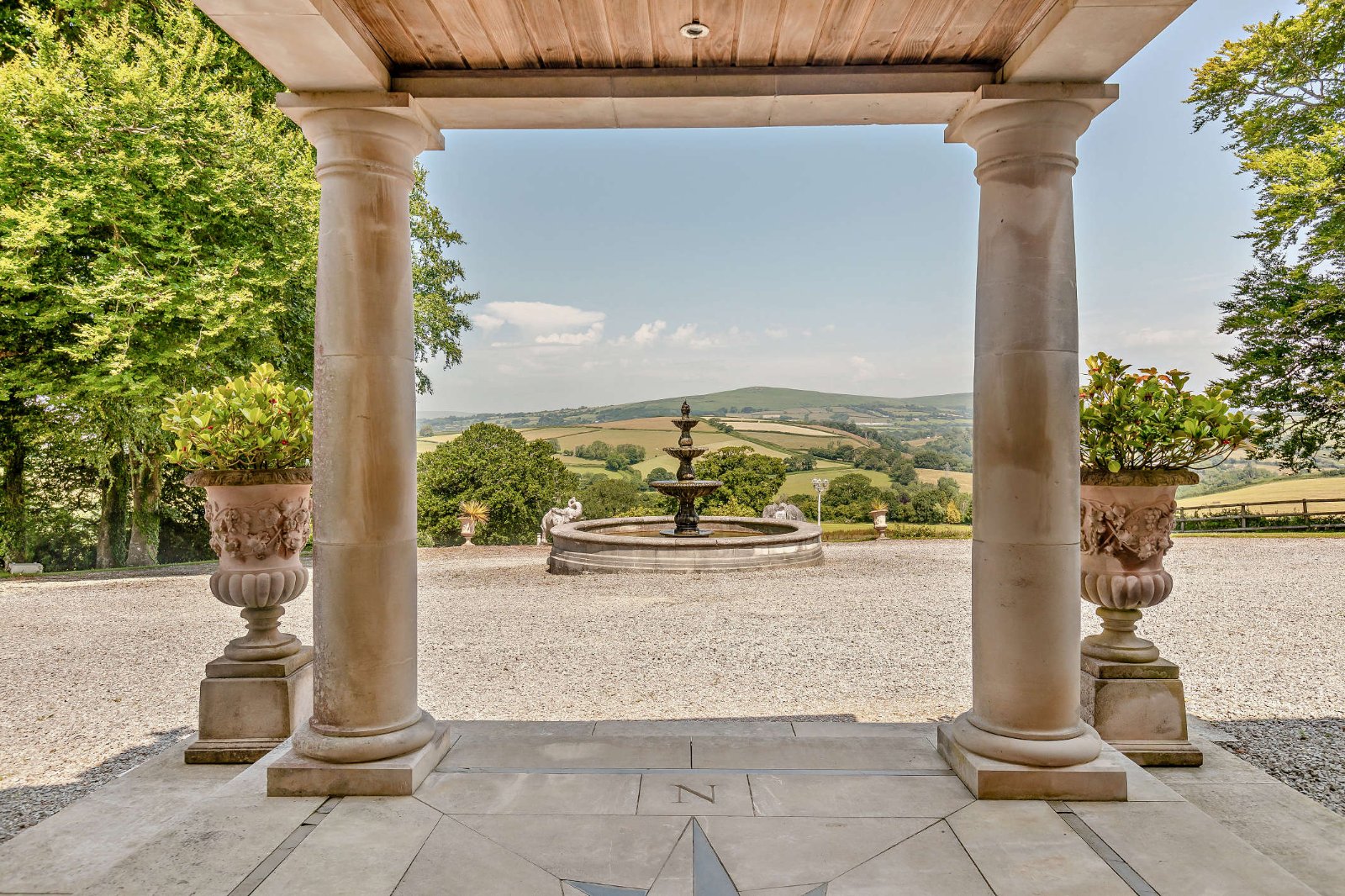 18 country houses across Britain, from £400,000 to £4 million, as seen in Country Life
18 country houses across Britain, from £400,000 to £4 million, as seen in Country LifeOur look at the homes to come to the market via Country Life this week picks out a charming Kent cottage and an Arts and Crafts house in Leicestershire.
-
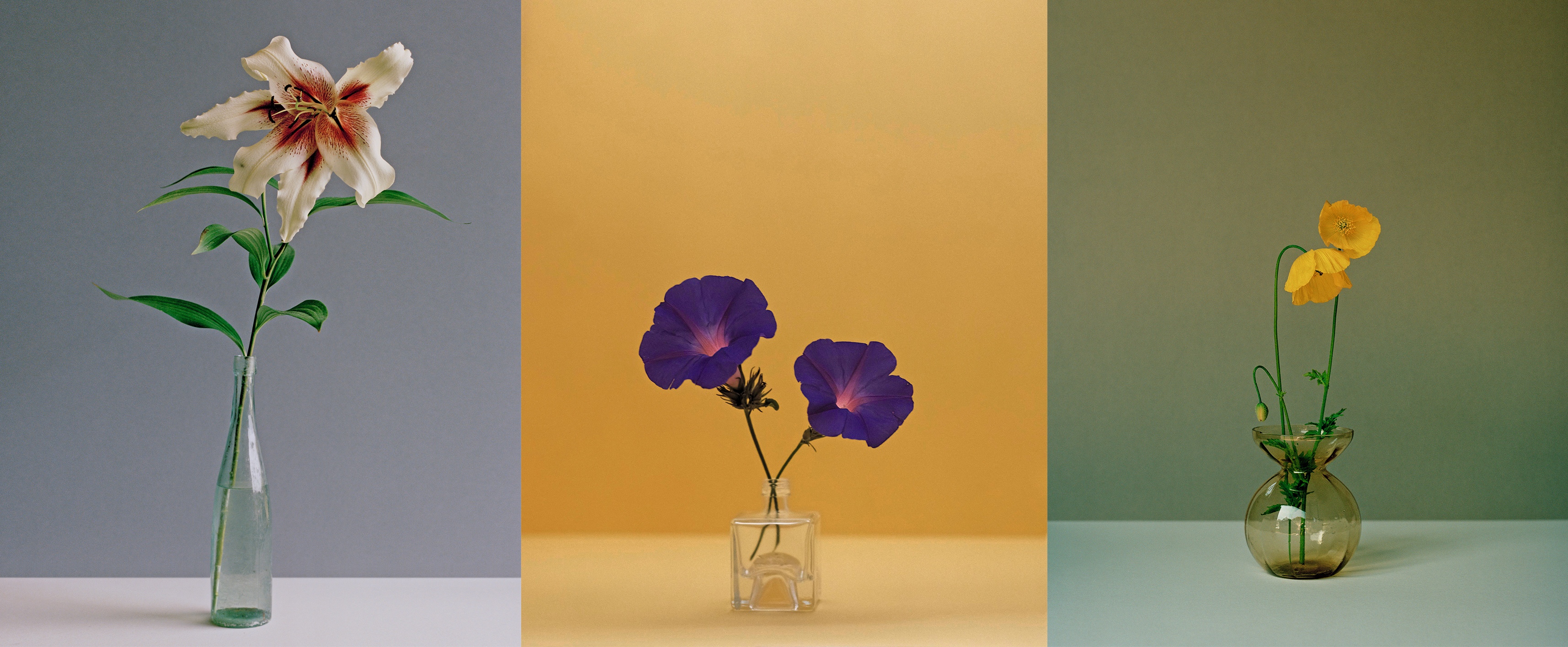 The greatest flowers make the greatest art
The greatest flowers make the greatest artA search for still-life subjects led Kate Friend to some of the greatest gardens and gardeners in the country
-
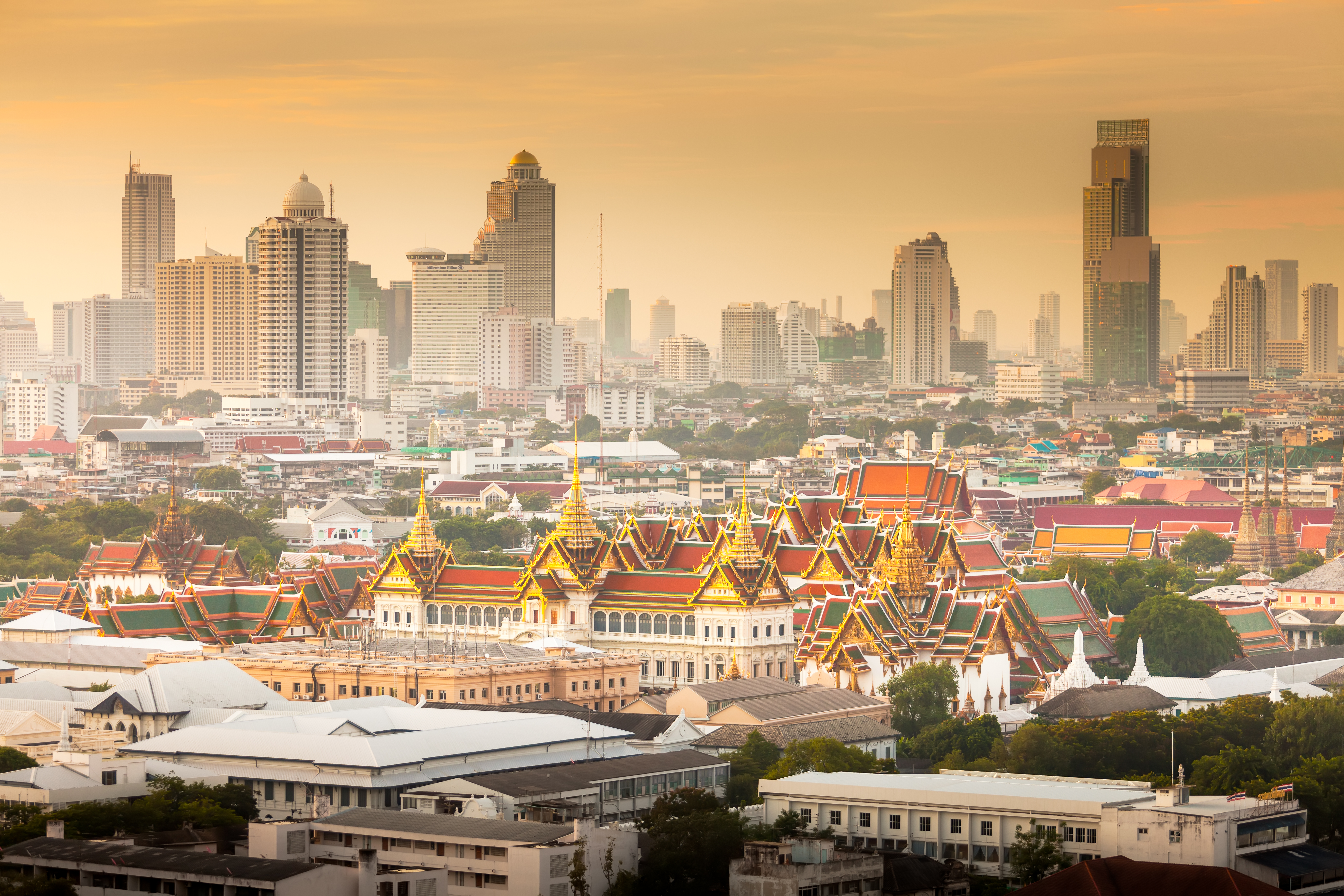 'The ugliness and craziness is a part of its charm': The Country Life guide to Bangkok
'The ugliness and craziness is a part of its charm': The Country Life guide to BangkokWhere to stay, where to eat and what to do in the Thai capital.
-
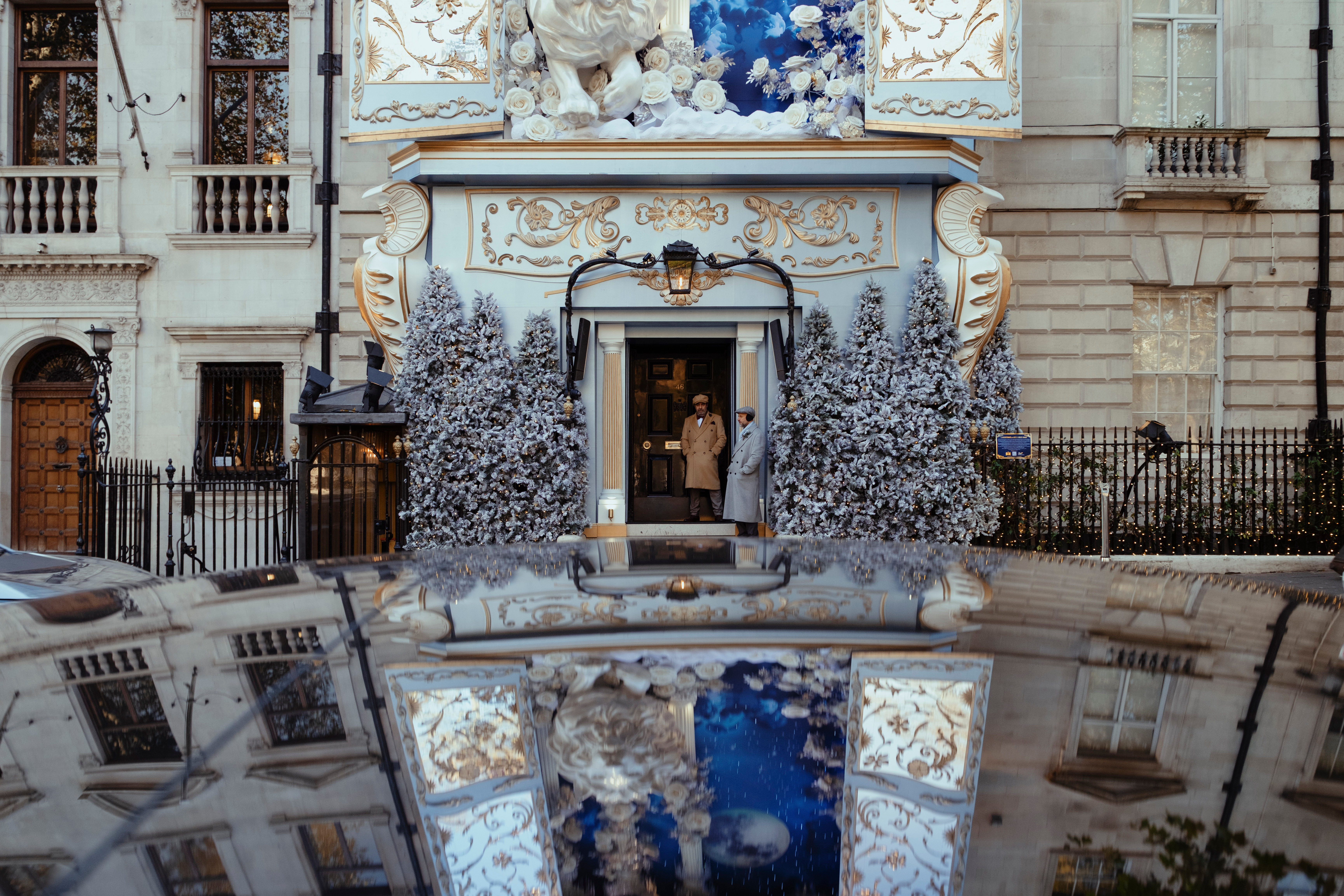 What on earth is the person who comes up with Annabel's otherworldly facade displays on? London's most magical Christmas shop displays
What on earth is the person who comes up with Annabel's otherworldly facade displays on? London's most magical Christmas shop displaysPhotographs by Greg Funnell.
-
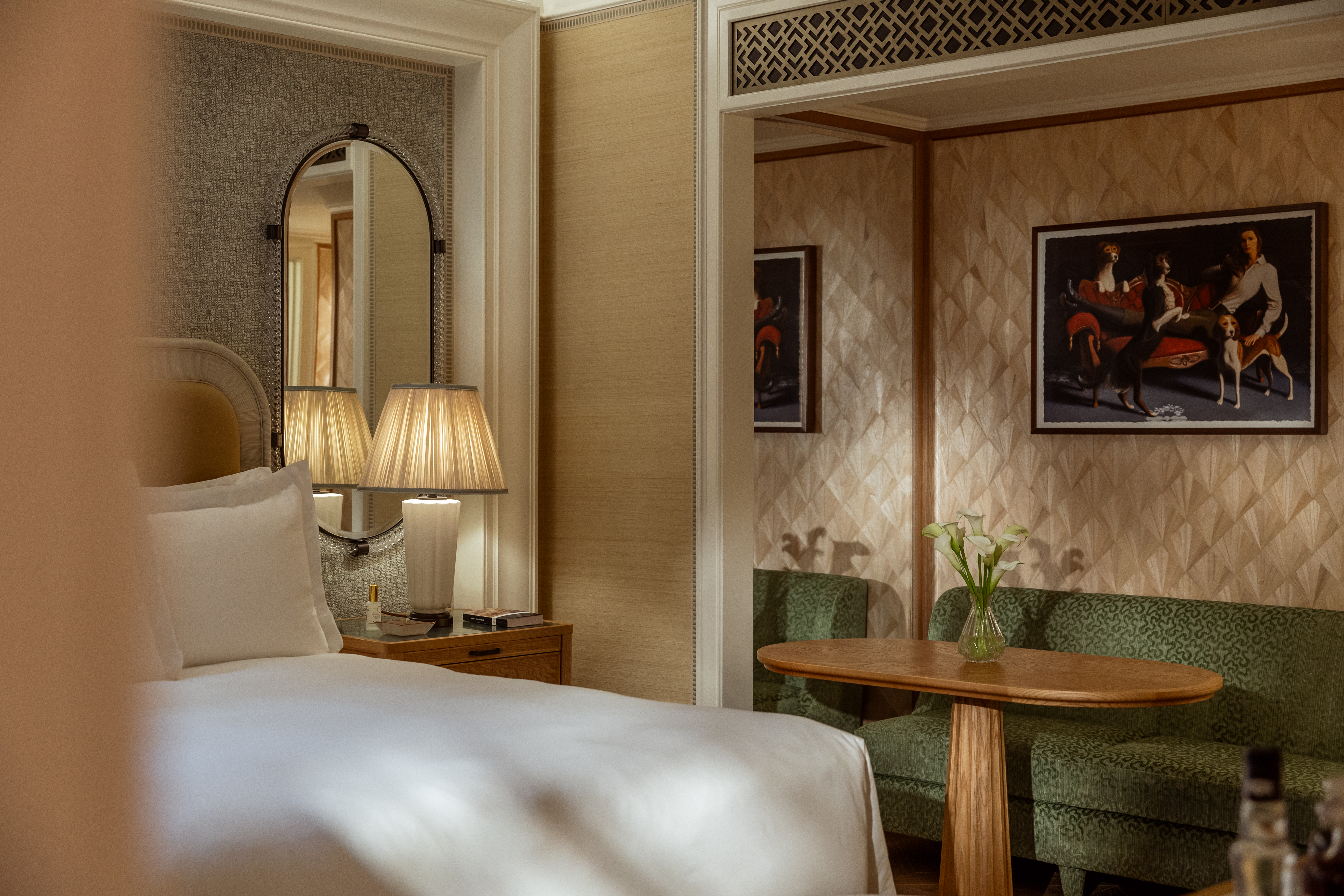 The Surrey hotel review: The new kid on New York's Upper East Side
The Surrey hotel review: The new kid on New York's Upper East SideRosie Paterson checks into The Surrey, A Corinthia Hotel, one year on from its grand opening.
-
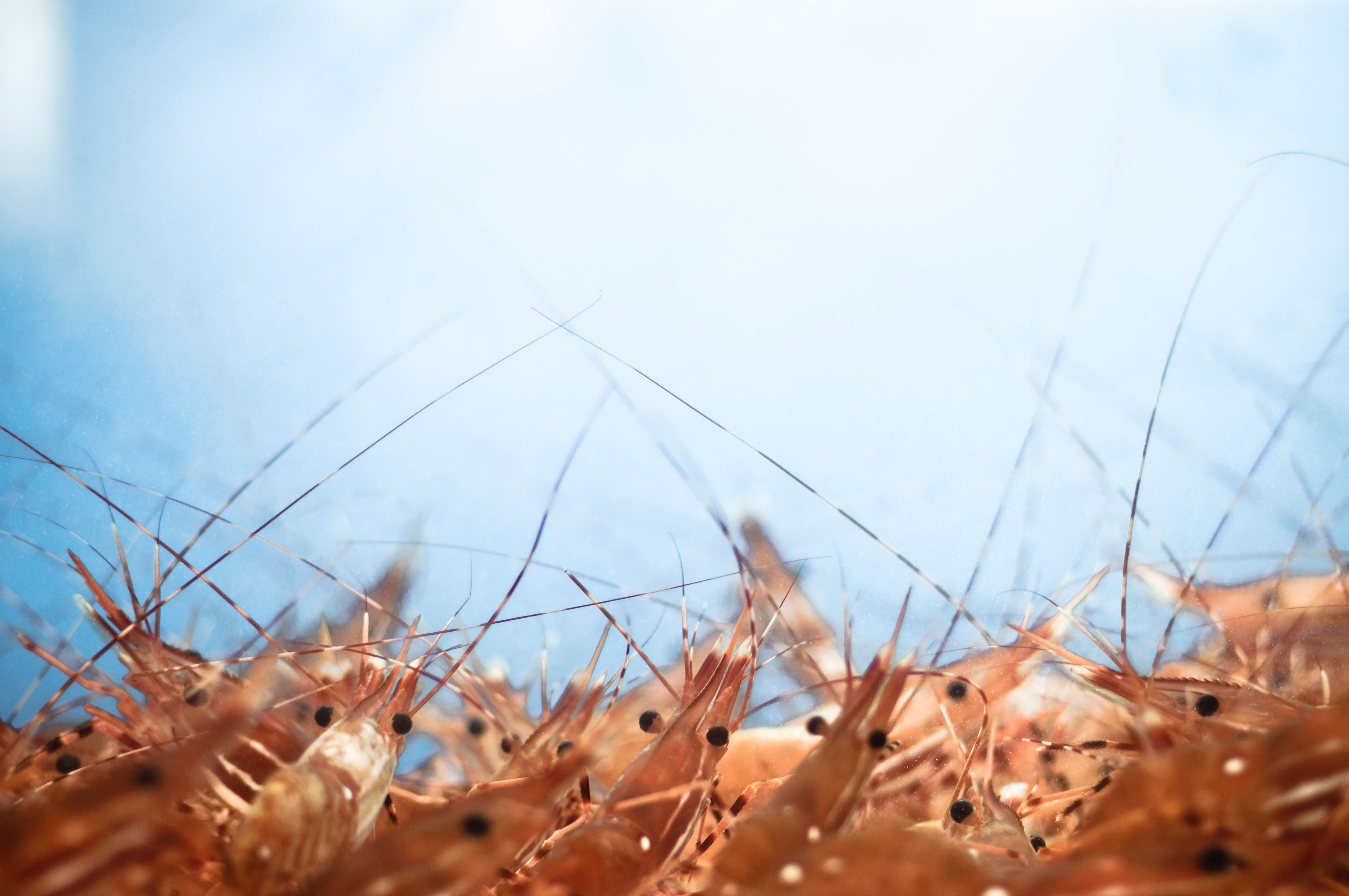 Farmers of Britain, go forth and grow prawns
Farmers of Britain, go forth and grow prawnsA new study has proposed that farmers could start growing king prawns to diversify income streams.
-
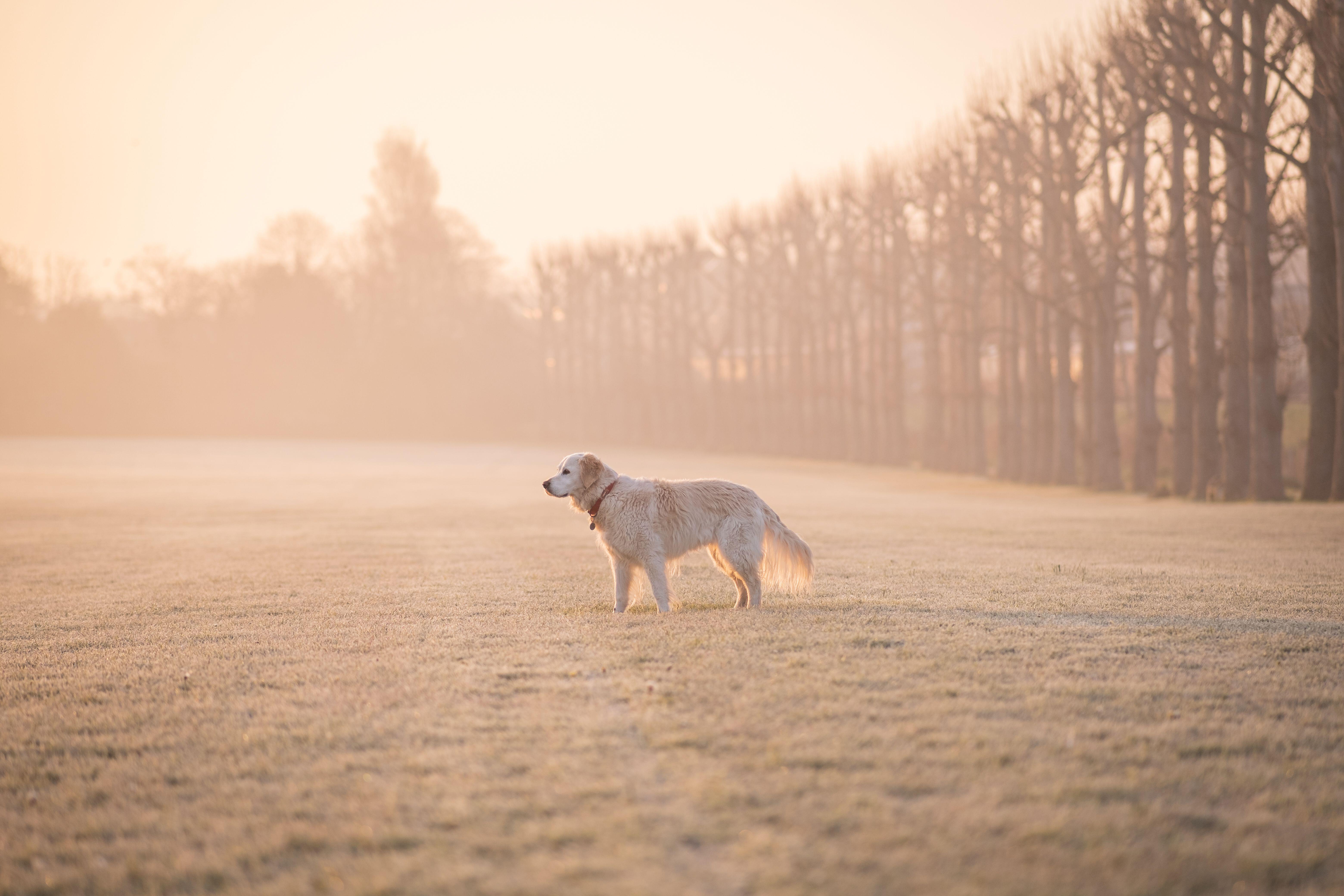 The golden retriever: The world’s most likeable dog almost didn’t exist at all
The golden retriever: The world’s most likeable dog almost didn’t exist at allThey’ve been popping up everywhere this week — on the Tube, at Christmas parties and in the news — so it feels like the perfect moment to talk about the dog breed we’re lucky to have.
-
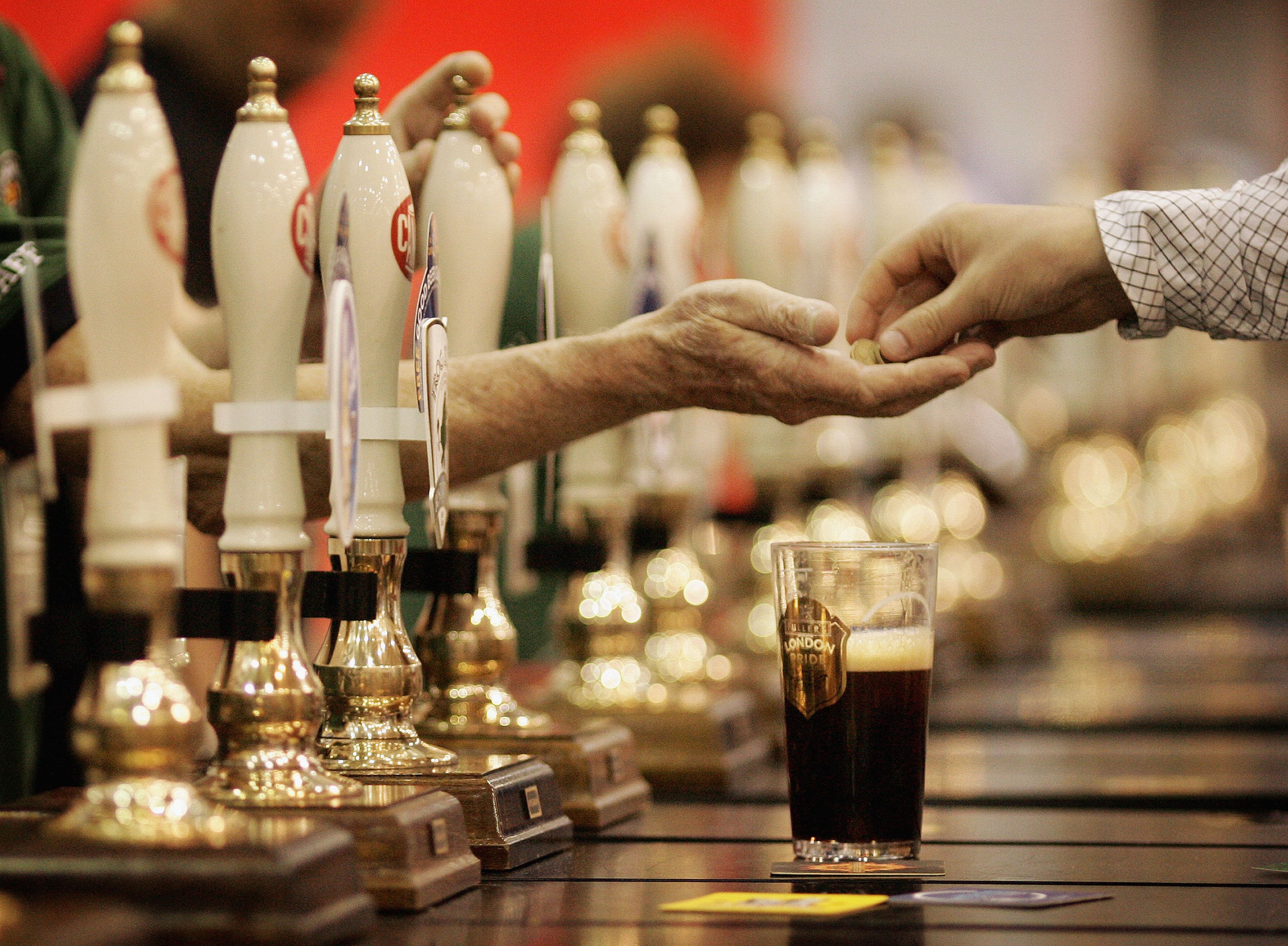 In search of London’s earliest pint
In search of London’s earliest pintEarly houses — pubs open in the early hours to feed and water the market trade — have been a cornerstone of London for centuries. Yet, as Will Hosie finds, they aren’t stuck in the past.
-
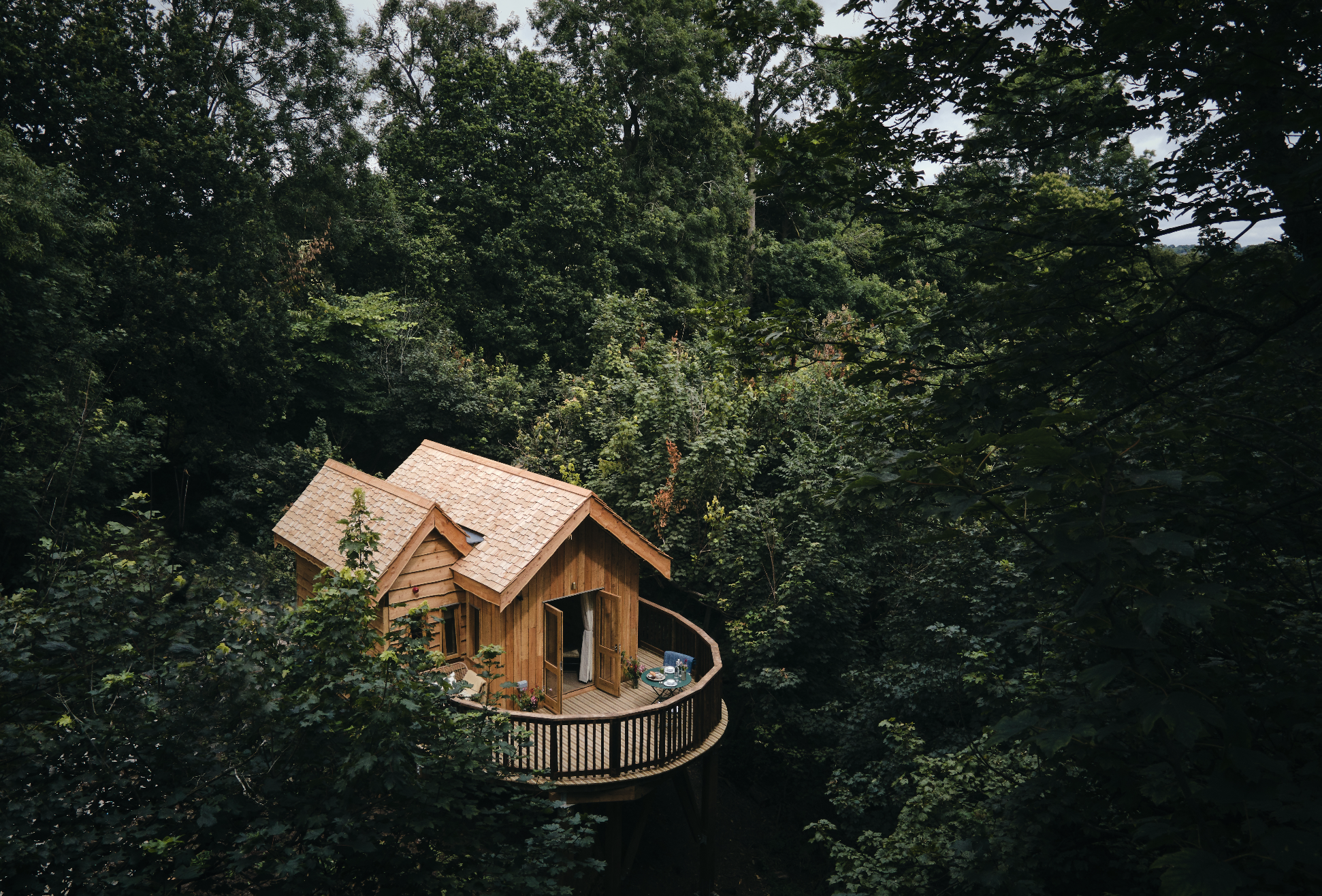 Wildhive Callow Hall hotel review: I felt like a squirrel preparing for hibernation and I loved it
Wildhive Callow Hall hotel review: I felt like a squirrel preparing for hibernation and I loved itThe boutique treehouses at this Derbyshire getaway are the best way to unwind in nature and explore the Peak District, writes Lotte Brundle.
-
 Ardbeg House review: Concept design is a tricky business, but this Scottish whisky distillery-turned-hotel proves that it can be done to great effect
Ardbeg House review: Concept design is a tricky business, but this Scottish whisky distillery-turned-hotel proves that it can be done to great effectSteven King checks in to Ardbeg House, a boutique hotel from the LVMH behemoth.

